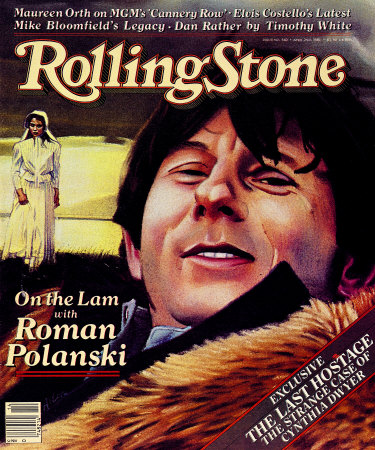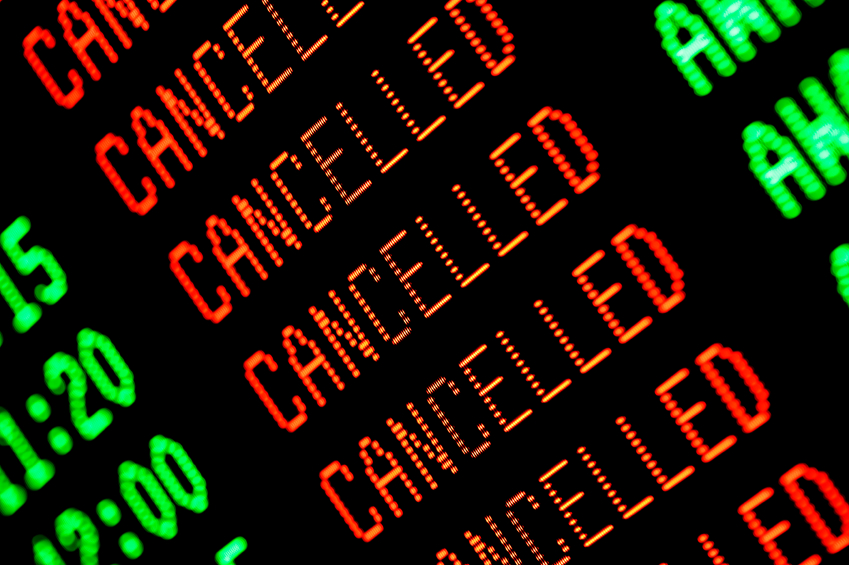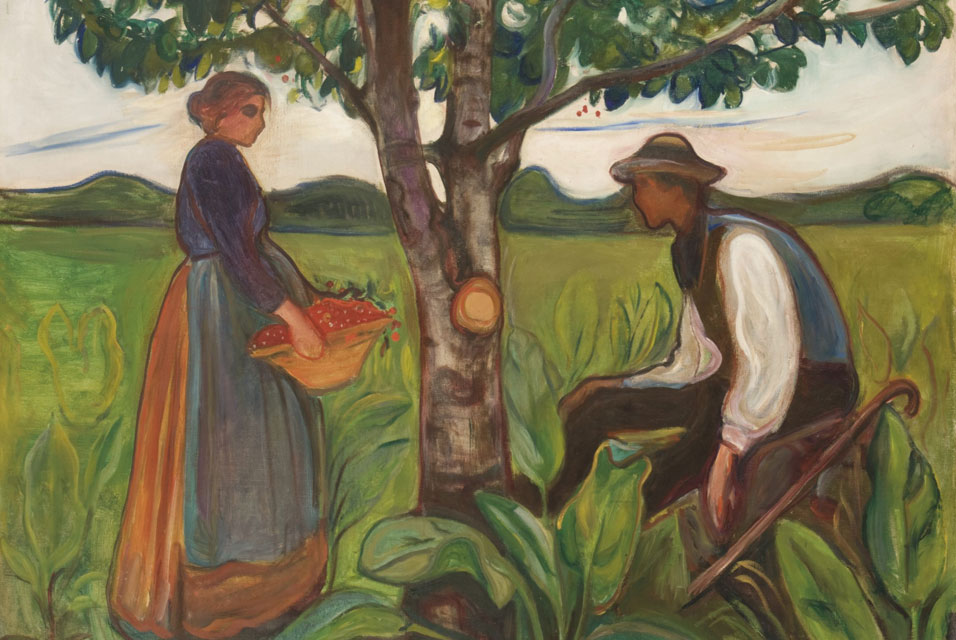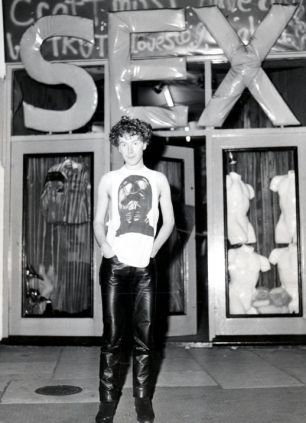 Roman Polanski may not be going anywhere for a while, now that (allegedly?) raping a 13-year-old has finally caught up with him and all. He may be holed up in a Swiss jail, but his films provide a trip around the world. Even after his exile from the United States in 1977, the director continued to shoot on location throughout Europe and Northern Africa. Let’s check out some of his best — and one of his worst — after the jump…
Roman Polanski may not be going anywhere for a while, now that (allegedly?) raping a 13-year-old has finally caught up with him and all. He may be holed up in a Swiss jail, but his films provide a trip around the world. Even after his exile from the United States in 1977, the director continued to shoot on location throughout Europe and Northern Africa. Let’s check out some of his best — and one of his worst — after the jump…
Cul-de-Sac, 1966
The eerie setting from Polanski’s ‘Cul-de=Sac’ is none other than Holy Island in the far northeast of England. To get there you’ll need to traverse a narrow causeway from Northumberland; if the tide is high, only boat will do. Once on the island, you’ll find 16th-century Lindisfarne Castle, home to the quarrelsome couple held hostage in the film. Read more about Holy Island and other iconic UK film sites with Tom Beer as your guide in Film+Travel: Europe from Museyon Guide.
Rosemary’s Baby, 1968
Mia Farrow stars as a young wife in Polanski’s creepiest thriller. She and her young husband (John Cassavetes) are the picture of a happy Manhattan couple, living in the swanky Upper West Side building “The Bramford,” played by The Dakota (1 W. 72nd St. at Central Park West). To read more about the Dakota, and other Manhattan movie locations, pick up Film+Travel: North America, South America, where Nisha Gopalan is your guide.
Chinatown, 1974
This neo-noir is one of the all-time great LA movies and the final film Polanski shot in the U.S. Set in 1937, the film made use of real-life LA locations, including Lake Hollywood (a man-made reservoir with stunning views of the Hollywood sign, located at 2600 Lake Hollywood Drive)and Silver Lake, where Jack Nicholson’s Jake Gittes rows across. While you’re in the area, be sure to check out the charming nearby neighborhoods of Silver Lake and Echo Park, just about five miles east of downtown LA. Another famous LA waterway in the film is the bone-dry Los Angeles River. Of course, you’ll also want to visit Chinatown, to see it start off at Central Plaza and explore from there.
Pirates, 1986
For his follow-up to ‘Chinatown,’ Polanski penned what is arguable his biggest flop, ‘Pirates.’ The film took nearly 10 years to complete and brought in only $1.65 at the box office in the U.S. (its budget was $15 million, though the film cost in the neighborhood of $40 million). Filming took two years in Tunisia, where the crew built a full-scale ship, the Neptune. Today you can still visit the Il Galeone Neptune, at Ponte Calvi in Genoa, Italy. To find out more about Tunisia and cinema, pick up Film+Travel: Asia, Africa, Oceania from Museyon Guides and tour Tunisia with Lee Middleton as your guide.
The Pianist, 2002
The film that won Polanski an Oscar for Best Director, ‘The Pianist’ is his most personal film. The film tells the story of Polish pianist Władysław Szpilman (Adrien Brody), as he hides from the Nazis during WWII. The movie was a multi-national co-production of German, French, British and Polish film companies, and filming began in Potsdam, Germany’s Babelsberg Studios. From there, production moved to Warsaw, to the run-down neighborhood of Praga, which played the Warsaw Ghetto. The scene where Jewish families wait at the Umschlagplatz to be shipped to the Treblinka death camp was filmed at Warsaw’s National Defense University. Today, a monument reminiscent of a railcar stands on Ulica Stawki at the actual location of the Umschlagplatz. For more on Germany and film, pick up a copy of Film+Travel: Europe, and join Museyon Guide Hannah Tucker for a Teutonic tour.
image: Polanski on the cover of ‘Rolling Stone‘, 1981
 MUSEYON BOOKS Smart City Guides for Travel, History, Art and Film Lovers
MUSEYON BOOKS Smart City Guides for Travel, History, Art and Film Lovers


